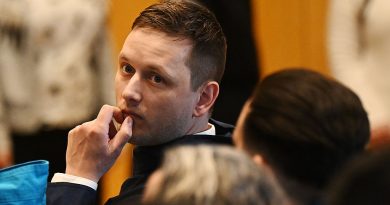A year after the Eagle mine failure, questions remain about Yukon’s mining future
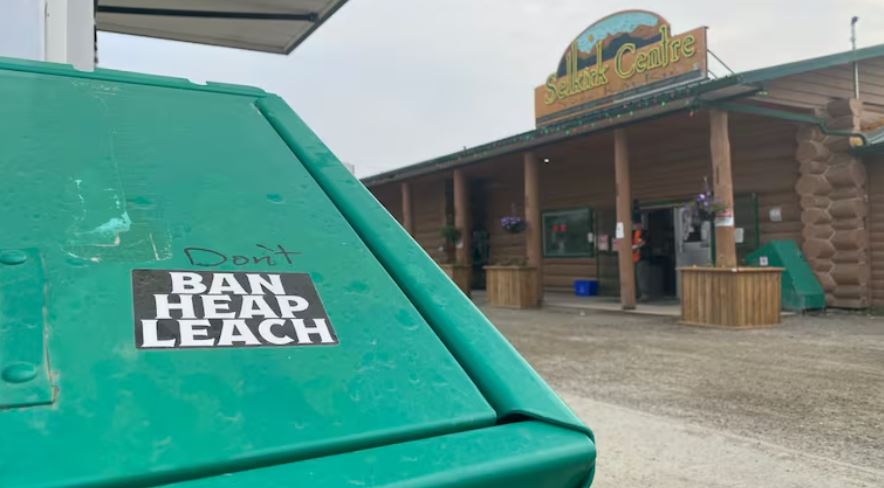
‘It goes beyond the Yukon in terms of how we judge whether it’s right to mine or not,’ minister says
To Frank Patterson, a First Nations elder in Mayo, Yukon, last year’s catastrophic failure at the nearby Eagle gold mine was not a total surprise.
“It was devastating,” he said. “And you know, anybody that went in there could see something would happen someday.”
It was one year ago, on the morning of June 24, 2024, that the Eagle mine went in a matter of moments from being a celebrated centrepiece of the territory’s resource industry to an expensive environmental disaster that is still not fully understood.
The failure at the Eagle mine also gave another black eye to the territory’s mining industry, which has seenits share of large and costly mine failures and bankruptcies over the years. Some people are wondering what kind of future the industry has in the territory.
The slide at the mine’s heap leach facility released hundreds of millions of litres of toxic cyanide solution into the environment and immediately halted operations at what was then the Yukon’s largest operating hard-rock mine. Within weeks, and at the Yukon government’s request, a court-appointed receiver took over the company, Victoria Gold, and its assets.
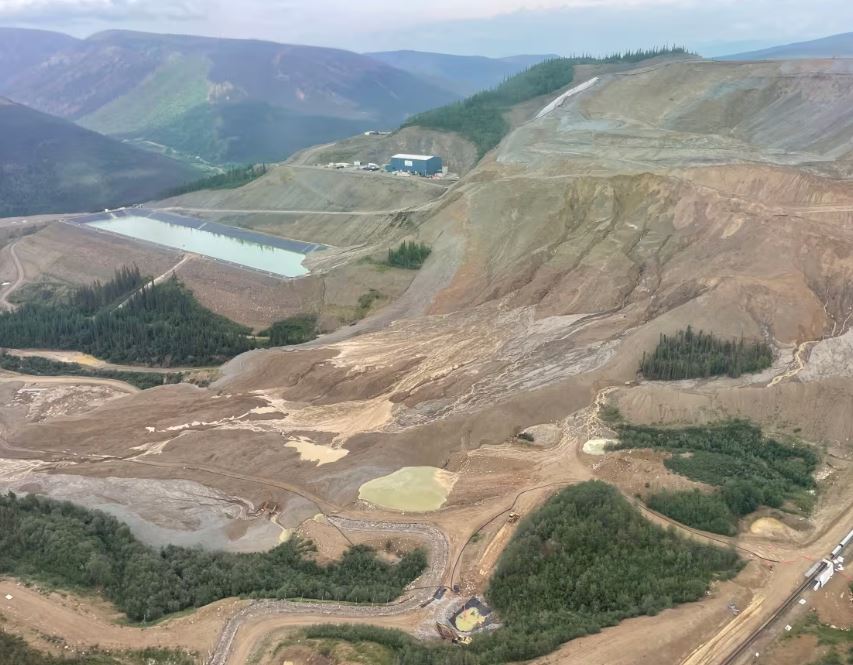
Emergency remediation work to contain the damage at the site and in the surrounding areais ongoing. Groundwater is being pumped and treated to remove any cyanide, and the territory’s mines minister admits it’s going to take “a long time before you get rid of all the cyanide.” The cost of remediation so far has been more than $200 million.
“It’s taxpayers cleaning up, just likeFaro, Whitehorse,BYG in Carmacks, you name it … You know, it’s just taxpayers are paying for the cleanup, and those guys friggin’ get up and run away,” said Patterson, who’s from the First Nation of Na-Cho Nyäk Dun. The Eagle mine is within the First Nation’s traditional territory, and the area affected by the slide is where Patterson says he once learned about his traditional culture, from his elders.
Patterson feels mistakes were made right from the get-go with Victoria Gold. He believes that his First Nation made a bad agreement with the company and should have involved elders more in the decision-making. Once the company got what it needed, he argues, “they shut the doors” on the First Nation.
“We were not allowed up there. They gated it off. They put security there, they put their camp in there, and they just did whatever they wanted to do,” Patterson said.
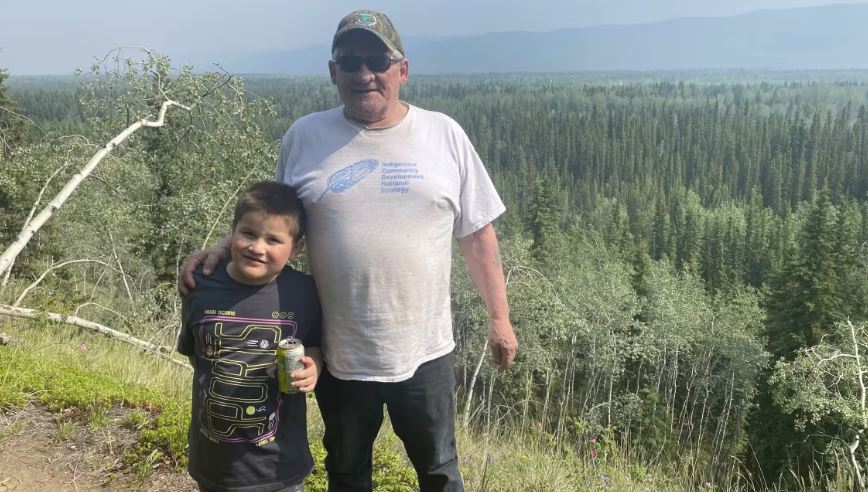
Patterson says he’s not against mining. He knows it’s still the territory’s main industry, as it has been for more than a century. But he believes things need to change, especially when it comes to approving mines and monitoring their operations.
“The way Victoria Gold did it, it was greed. Pure greed,” he said.
‘It’s critically important that we get mining right,’ minister says
The exact cause of the slide is still not clear. In August, the territorial government appointed an independent review board to investigate what happened by looking at the design, construction, operation, maintenance and monitoring of the heap leach facility. Heap leaching is a method of extracting gold from stacked layers of ore using a cyanide solution.
The results of that review are expected in the coming days.
Speaking to CBC News last week, Yukon’s Mines Minister John Streicker said understanding the cause of the slide will help prevent anything similar happening again. It will also determine what the ongoing remediation will look like at Eagle mine site, and whether or not the mine could eventually be reopened.
“One of the ways to think about it is, you need mining. That is, it’s critically important that we get mining right. That means that it can’t be damaging the environment, or why are we doing it?” Streicker said.
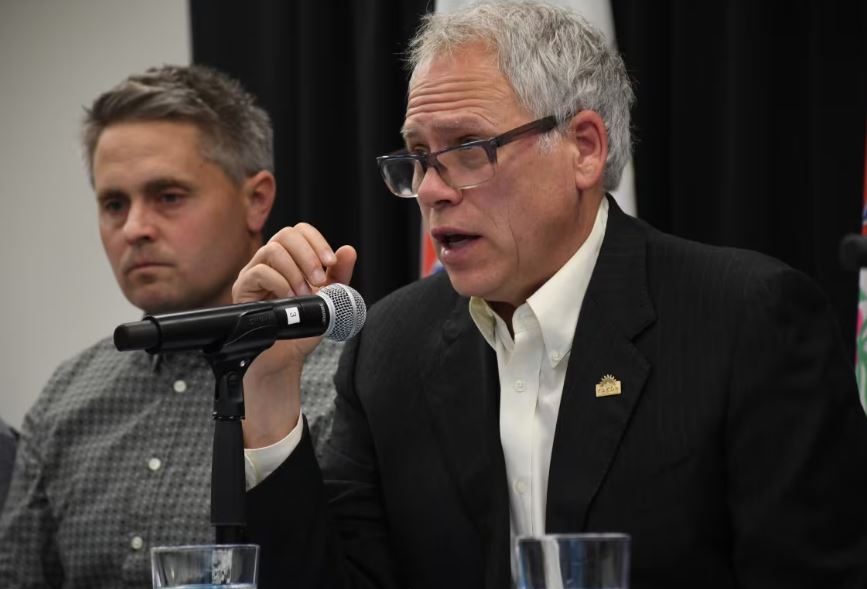
Streicker argues that what happened at the Eagle mine is not just hugely significant for the Yukon, but also the country. Mining is essential for Canada’s move toward a greener economy, he said, and failures like the Eagle mine slide make it hard for people to believe that mining can be done safely.
“If we are able to make sure that the environment is not long-term heavily impacted, then maybe there’s a chance to have trust that governments will do the right thing and make sure that mining is done appropriately. But there’s also a chance that it doesn’t work out well, and people will believe that it’s not safe,” Streicker said.
“So there’s a lot in the balance, and I think it goes beyond the Yukon in terms of how we judge whether it’s right to mine or not.”
Receiver looks to sell mine site
Earlier this month, PricewaterhouseCoopers, the court-appointed receiver of Victoria Gold, filed a report to the Ontario Superior Court of Justice indicating its intention toput the Eagle mine site up for sale. The report says things have improved at the site, with emergency work expected to be completed by Sept. 30.
On June 30, there will be a court hearing where the receiver will present its case for making a sale. PricewaterhouseCoopers wants to close on the sale by the end of December.
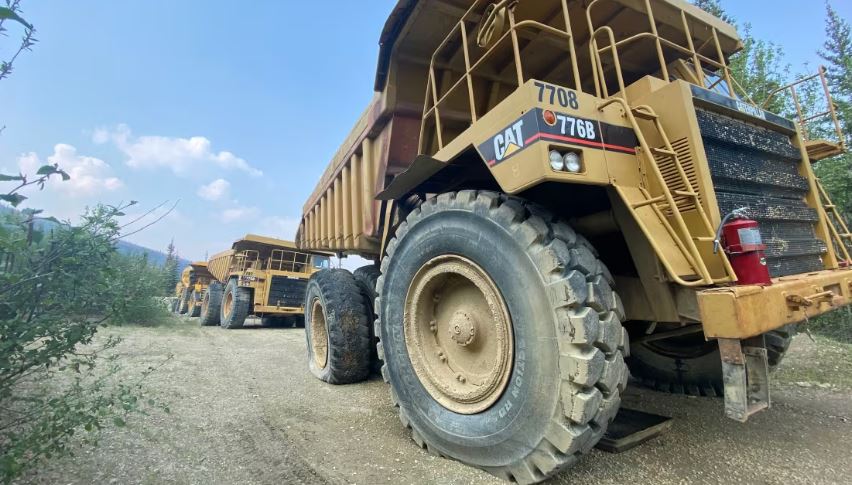
In Mayo, there are mixed feelings about whether the mine could, or should, ultimately reopen. A lot of local residents suddenly lost their jobs when the mine ceased operations a year ago.
Victoria Gold made $400 million dollars in its last year of operation, and the First Nation of Na-Cho Nyäk Dun received its first annual payment from the mine — almost $1.4 million — before the slide.
Bobbie-Lee Melancon doesn’t want to see it reopen. She grew up in the area, fishing with her family on the McQuesten River, and she’s angry about the environmental devastation from the Eagle mine failure.
“I don’t think we need to be greedy, you know, let’s live on our beautiful land the way it is,” she said.
“If you think about all the money that was produced there and what was made, you know, those are really big numbers. And I don’t think the First Nation got very much of that pie. And we were left with the mess.”
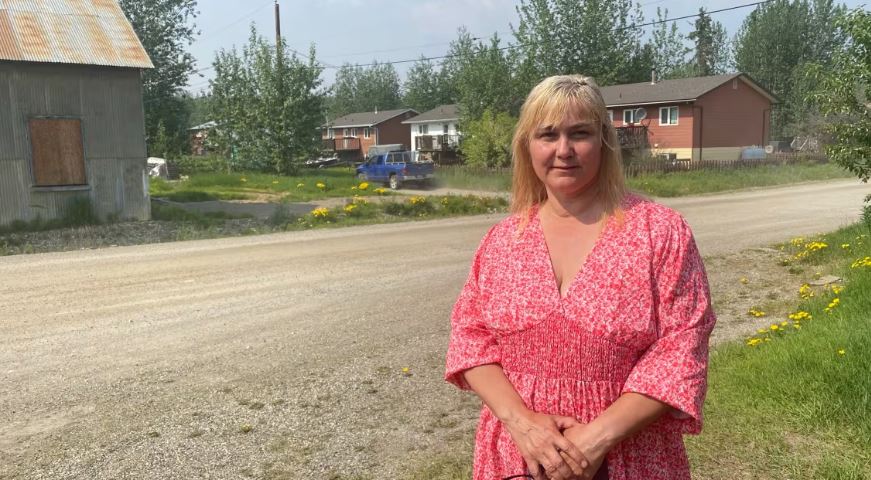
Doug van Bibber, who grew up in Mayo and works in forestry, said he was never a big supporter of the Eagle project, or heap leach mining. He says the environment is ultimately more important than the economy, “because money comes and goes; the land doesn’t.”
“But I do know that, you know, you got to have resource sectors. And I just think we have to be a little bit more creative now, to how economic development occurs. You know, start looking at the forest and not just the minerals,” he said.
Frank Patterson, the Na-Cho Nyäk Dun elder, says he would like to see the Eagle mine reopen, because “mining is needed.”
“My thoughts on reopening is OK, because I want the people that they owe money to to be paid. And I also want the jobs that are gonna secure our people. But opening up to the same agreement — no,” he said.
“From now on, when the mining sector comes into play, we’re going to make sure it’s done right, because it’s for our future generations.”
With files from Gord Loverin, Francis Plourde and Julien Greene
Related stories from around the North:
Canada: Receiver moves to put Yukon’s Eagle mine up for sale, CBC News
Sweden: Swedish developer GRANGEX buys iron ore mine on Norway’s border to Russia, The Independent Barents Observer
United States: Canada and U.S. make co-investment in Fortune Minerals N.W.T. project, The Canadian Press



